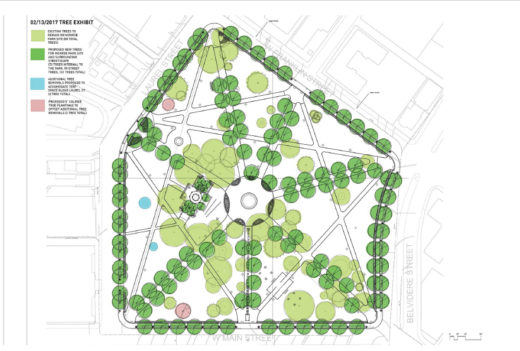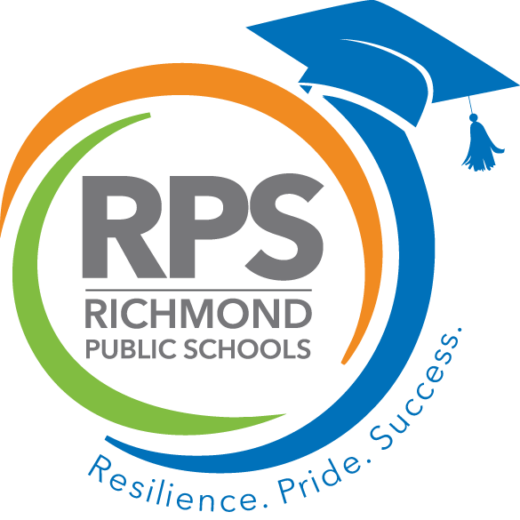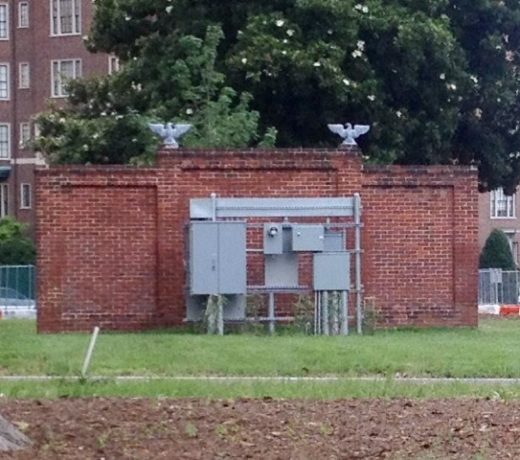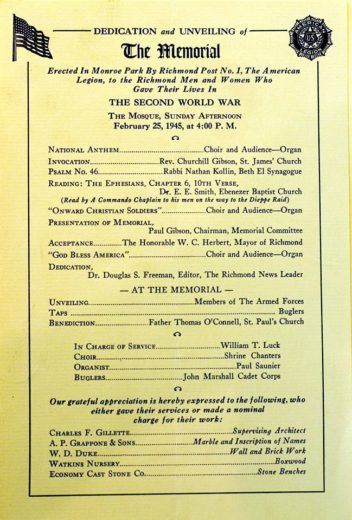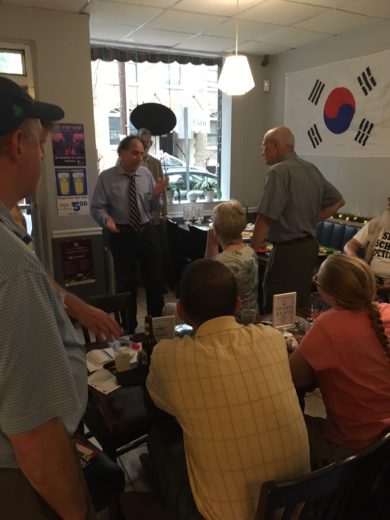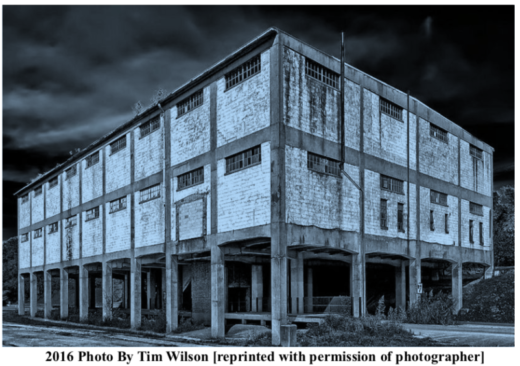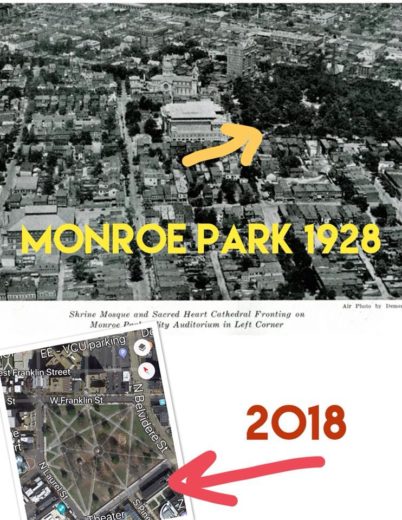Tonight, there is an event at HackRVA about the American-Made Solar Prize. This event is FREE and open to the public! Local nonprofit Indie Lab is entering the American-Made Solar Prize competition and is making a presentation on their entry. Wait, what is this? It’s a $3 million prize competition designed to revitalize U.S. solar manufacturing through a series of contests and the development of a diverse and powerful support network that leverages national laboratories, energy incubators, and other resources across the country. The American-Made Solar Prize is directed and administered by the National Renewable Energy Laboratory and is funded by the U.S. Department of Energy Solar Energy Technologies Office. Learn more here: https://americanmadechallenges.org/solarprize.html
See their presentation event, then help them put Richmond on the map for solar innovations! For those unable to be physically present, they will be streaming the event using Zoom. Please follow the link to connect: https://zoom.us/j/663212254
——
Also, coming up this weekend, the RVA Solar Tour, part of the National Solar Tour. And yes, there is an Oregon Hill house on the tour. Here is a word from sponsor Virginia Sierra Club:
RICHMOND, Virginia – This weekend, the Greater Richmond Solar Tour will take place as part of the world’s largest grassroots solar event. Across the country, homeowners, businesses, volunteers, solar installers, public officials and grassroots organizations will welcome the public to learn more about solar energy. The tour, made up of energy efficient and solar-powered buildings, includes eight locations open for touring in the greater Richmond area this year.
The Sierra Club Virginia Chapter, in partnership with the American Solar Energy Society and Solar United Neighbors of Virginia, will host the Greater Richmond Solar Tour. Information about the solar installations and the benefits of solar energy will be available to tour participants.
The kickoff event for the Richmond Solar Tour will be held at 10:30 a.m. at 4986 Burnham Road in Chesterfield, at the home of former Sierra Club Virginia Chapter director Glen Besa and Tyla Matteson, long-time advocates for solar energy. Attendees will have the chance to see solar installation in their own communities and ask direct questions of homeowners about the positive impacts to their lives and the environment.
The public is encouraged to stop by any of the featured tour locations on Saturday, October 6 and Sunday, October 7 in area homes in the City of Richmond, Chesterfield and Caroline Counties. A full list of locations is available at https://nationalsolartour.org/tour-locations/
WHO: Sierra Club Virginia Chapter, American Solar Energy Society, Solar United Neighbors of Virginia. Speakers at the kick-off event will include: Glen Besa, Solar Advocate, Drew Gallagher, Richmond Sales Manager at Sigora Solar and Zach Jarjoura, Conservation Program Manager at the Sierra Club Virginia Chapter.
WHEN: 10:30 a.m. on Saturday, October 6, 2018
WHERE: The home of Glen Besa and Tyla Matteson, 4986 Burnham Road, North Chesterfield, Virginia 23234
For more information, contact Zach Jarjoura, 804-241-8226, zachary.jarjoura@sierraclub.org
—
Last but not least, a bit of editorial- Governor Ralph Northam is trying to make up for his status as a ‘Pipeline Democrat’ by announcing an energy policy that includes more renewable energy, including more solar. The big picture is that the world is looking increasingly grim with climate change.
At the same time, Virginia knows it needs to modernize its schools. Richmond, of course, is an epicenter for this need. Why not look upon this as an opportunity to update, build, and renovate every school in Virginia for green building and solar?
Why not do what other states are doing, and turn ‘solar schools’ into emergency shelters for hurricanes and other disasters? This community news site will continue to advocate for using solar as a solution for emergency planning in the state.



